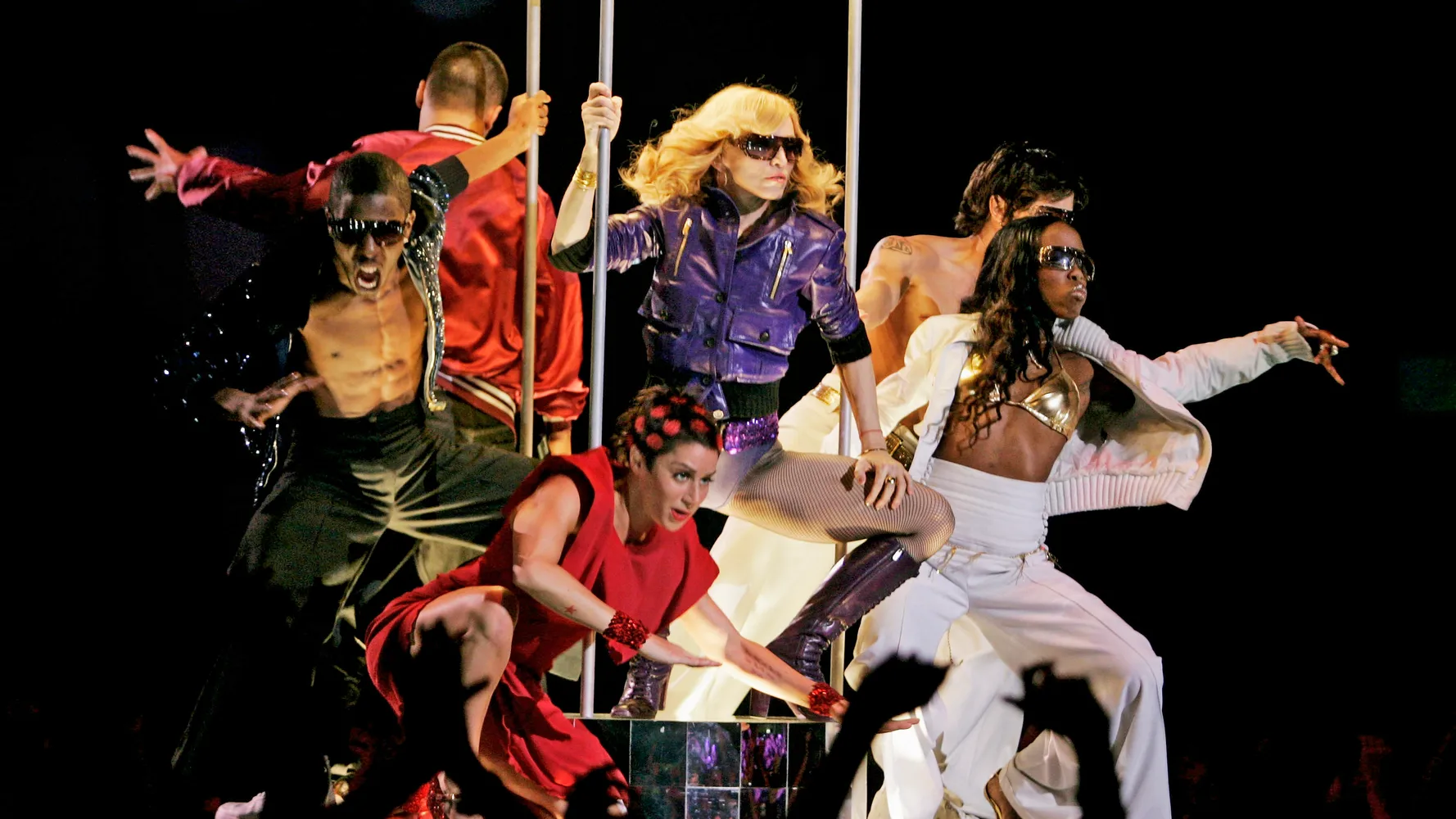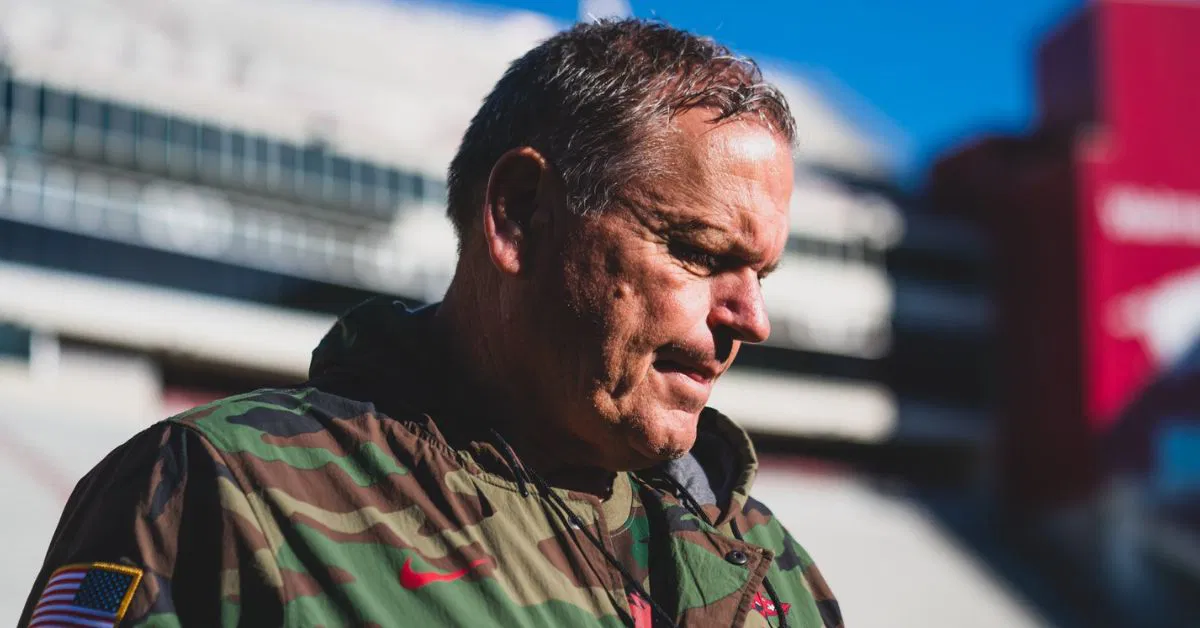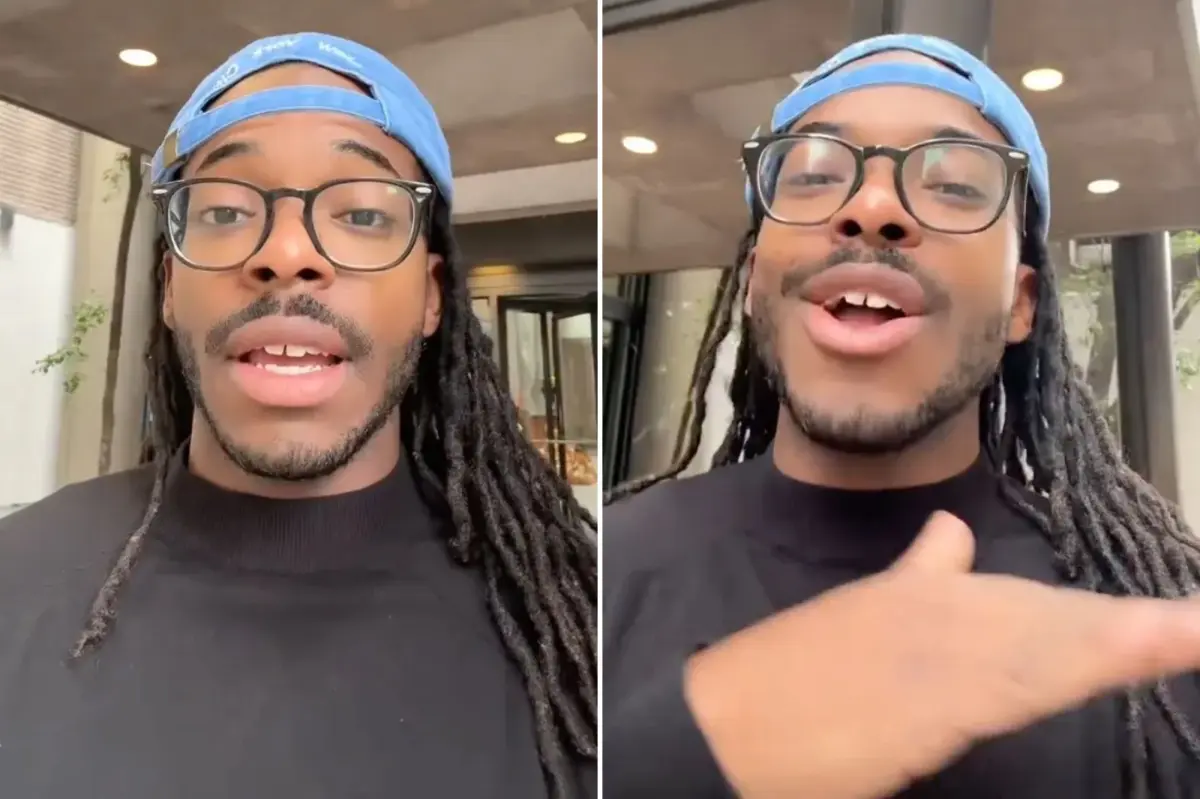Copyright huffingtonpost

As the new millennium rolled around, Madonna was on an undeniable roll. After winning her first Grammys towards the end of the 1990s for the thought-provoking and game-changing Ray Of Light album, she followed this up with the off-kilter floor-fillers of Music, a collection which included many of the hits that are still considered her signatures today. Such was her popularity at this time, even a somewhat dodgy cover of Don McLean’s American Pie wound up becoming her ninth of 13 number one singles in the UK, while her subsequent Drowned World tour set a new benchmark for pop concert performances. Just a few short years later, though, and the dial had shifted somewhat. It all began when Madonna made the decision to follow up her smash hit albums Ray Of Light and Music with something more experimental, more substantial and, crucially, more politically-charged. The result, American Life, saw the pop icon venting about everything she saw as wrong with the world, from the trappings and vapidity of celebrity culture to the importance of spirituality in an ever-divisive culture. She also repeatedly spoke out against the Bush administration, most notably in the accompanying music video for American Life’s title track, which took place at a military-themed fashion show laden with imagery portraying the horrors of war. As scenes in the video grew increasingly chaotic, it began to incorporate upsetting shots of wounded soldiers, crying children and displaced civilians, ending with the tossing of a grenade, which was then caught by a George W Bush lookalike in the crowd, who used it to light his cigar. When details of the video were shared with the press, Madonna was met with an outcry, and against the fraught political climate of 2003, she did something she’d arguably never done before, and succumbed to public pressure, pulling the video completely. In an official statement, the Like A Prayer singer explained that her video had been filmed before the war in Iraq began, insisting: “I do not believe it is appropriate to air it at this time. Due to the volatile state of the world and out of sensitivity and respect to the armed forces, who I support and pray for, I do not want to risk offending anyone who might misinterpret the meaning of this video.” For those who’d already made their minds up about the video being offensive, it was a case of too little, too late, while those on the other side of the debate were disappointed that an artist who had always been known for pushing the boundaries had chosen to censor herself. Madonna’s public profile had taken a hit, and it was time for some damage control. Ditching the political imagery for the final two music videos to come during her American Life era (Hollywood saw her paying “homage” to fashion photographer Guy Bourdin, while Love Profusion took an even softer approach still, featuring the star walking through a flowery dreamland before being encompassed entirely by CGI fairies), Madonna’s next live show became the closest to a hits tour she’d done at that time, featuring tracks from American Life alongside crowd-pleasers like of Vogue, Like A Prayer, Holiday and Crazy For You (which she dedicated to the loyal fans who had stayed with her throughout the years). The Reinvention Tour, as it became known, was well-received by critics and fans, and featured music producer Stuart Price as its musical director. After spending time together on the road, and getting to know one another’s musical sensibilities better, Madonna decided to team up with the music producer and DJ to create new music for what would eventually become her 10th studio album, Confessions On A Dance Floor. Leaning more into the dance floor-friendly sensibilities that had first helped make her a star, Confessions felt to many like a joyous breath of fresh air compared to its predecessor, with lead single Hung Up introducing the new era perfectly, with its unignorable and dance-able four-on-the-floor beats, an effortlessly catchy chorus that you couldn’t help but sing along to and, of course, the ABBA sample heard the world over that encapsulated the disco era that Madonna was trying to lean into. As the woman herself put it: “When I wrote American Life, I was very agitated by what was going on in the world around me. I was angry. I had a lot to get off my chest. I made a lot of political statements. But now, I feel that I just want to have fun, I want to dance, I want to feel buoyant. And I want to give other people the same feeling. There’s a lot of madness in the world around us, and I want people to be happy.” It’s safe to say this plan worked, with Hung Up peaking at number one in 41 countries (including three weeks at the top of the UK singles chart), and its accompanying music video raising eyebrows and generating plenty of conversation over to the sight of a then-47-year-old Madonna clad in an eye-catching pink leotard. Madonna kept the party going on the rest of the album, with Sorry picking up the “scorned woman” mantle of so many legendary disco hits, Future Lovers paying homage to Donna Summer’s I Feel Love, another of the era’s greatest musical offerings, and more clubby tracks like Forbidden Love and the single Get Together serving up a more effortlessly cool sound that would still feel fresh today, were they to be released by Dua Lipa, Robyn or even Kylie Minogue. Far from the album just being a case of cynical course-correction after American Life, though, Madonna also managed to continue some of the more serious messaging from her previous release on Confessions, with both Let It Will Be and How High warning listeners about the dangers of being taken in by celebrity culture (albeit with production that was much easier on the ear). As the album continued, Isaac saw Madonna touching on her spirituality, sampling sections of a traditional Hebrew poem alongside lyrics about “wrestling with your darkness” and “finding the gate that’s open, even though your spirit’s broken”, while closer Like It Or Not is something of a mission statement for an artist who, even from her early years, has always had to fight to earn for her spot in the pop pantheon. “This is who I am, you can like it or not,” she sings on the chorus. “You can love me or love me, but I’m never going to stop.” Confessions On A Dance Floor proved to be another massive smash for Madonna, selling more than 10 million copies, topping the charts in 40 countries (including both the UK and her native America), earning her rave reviews and wins at both the Grammys and Brit Awards. It’s also the last Madonna album to date to give her two UK number ones, thanks to singles Hung Up and Sorry, as well as her last to date not to include any featured guest artists. Naturally, the next step was to take her album on the road, with her subsequent Confessions Tour not just seeing Madonna reach new highs in terms of her stage shows, but setting a new record for the highest-grossing tour for a female artist (something she’d achieve once again two years later, although this title now belongs to Taylor Swift following her mammoth Eras Tour). The Confessions Tour truly brought the album of the same name to life, with homages to everyone from ABBA and Donna Summer to John Travolta and her own love of all things equine. But once again, Madonna made sure that she stayed true to herself amidst the sequins and glitter. This was never more the case than when she performed the True Blue ballad Live To Tell atop a disco-fied crucifix while sporting a crown of thorns, in what she said was her way of drawing attention to the 12 million children who’d been orphaned as a result of the AIDS crisis in Africa (since this time, she has founded the charity Raising Malawi, which aims to help those affected by poverty in the Southeastern African country, where her four adopted children were born). As has been the case throughout Madonna’s career, this crucifix stunt generated no end of controversy, making her tour one of the world’s most talked-about live events of that year and, for many pop fans, a must-see. Both the Confessions album and tour are still considered by many fans to be among her crowning achievements to this day. If nothing else, this era was Madonna’s way of proving to her critics and detractors that even in moments it might have looked like she was backed into a corner, she was always going to not just survive, but thrive. Interestingly, almost two decades on, the Grammy winner found herself in a similar position at the turn of the 2020s, which was undoubtedly a tumultuous time to be a Madonna fan. Her most recent album – 2019’s Madame X – was, for better or worse, her strangest to date, mixing various sounds from around the globe with collaborations from artists like Swae Lee and Migos’ Quavo. Meanwhile, an ill-fated performance at Eurovision also became the subject of derision, and her Madame X tour later hit several bumps in the road including complaints over her late starts and an undisclosed injury that led to many shows being cancelled and others being adapted and abridged. After that, newly-introduced Covid restrictions ultimately cut the run short three performances earlier than scheduled. In the years after, she faced scrutiny over political and social commentary that was clumsily-delivered and/or poorly-received, frequent collaborations with TikTok-friendly musicians that critics have said felt more like hit-seeking and trend-chasing than genuine artistry and social media posts during the Covid pandemic which felt out of step with the current culture. She also faced some truly horrendous remarks about her physical appearance off the back of the 2023 Grammys that were so bad even Madonna herself felt the need to speak out. Around this time, Madonna was also privately dealt one of the biggest blows of her life when, during rehearsals for her Celebration world tour, she contracted a bacterial infection that led to her fighting for her life in hospital and being placed in a medically-induced coma. But, as the world found out at the beginning of the Confessions era 20 years ago, Madonna is an artist who quite simply refuses to be kept down. What’s remarkable is that, much like after the backlash she faced around the time of her American Life album, Madonna first fought back by reminding the world of the music that helped her cement her spot as the Queen of Pop in the first place, embarking on the first real greatest hits tour of her career, featuring songs from all four decades of her time in the spotlight. And after a collaboration with The Weeknd earned Madonna her first top 10 single in 15 years, her next step is a reunion with Stuart Price, the man who helped her get back to a place where she could, in her words, “pick my crown up off the floor, put it back on my head and keep going” with Confessions. In 2026, Madonna will unveil her first album in seven years (the longest gap she’s ever left between albums), which she’s described as a spiritual successor to her most iconic Stuart Price collaboration, and has also already dubbed it “Confessions Part 2”. For fans the world over, the thought of Madonna returning to the dance floor-friendly sound that made so many of us fall in love with her in the first place is a thrilling one. It’s worth remembering, too, that Stuart Price has also proved adept at bringing out the star’s more sensitive side too (not just on some of Confessions’ more emotional moments, but also on the stand-out American Life ballad X-Static Process, which he co-wrote, and was described by Madonna as one of her favourite songs), which should hopefully settle the concerns of anyone concerned about the singer selling out with this return to the world of Confessions, especially after she’s previously shared her disdain for the concept of nostalgia or looking back, instead preferring to keep moving forwards and onto whatever’s next. Most importantly, if there are two things Madonna has always managed to do, it’s surprising people, and making her critics eat their words – both of which make Confessions II a truly enticing prospect for this Madonna devotee. With that in mind, I’ll see you back on the dance floor in 2026…



